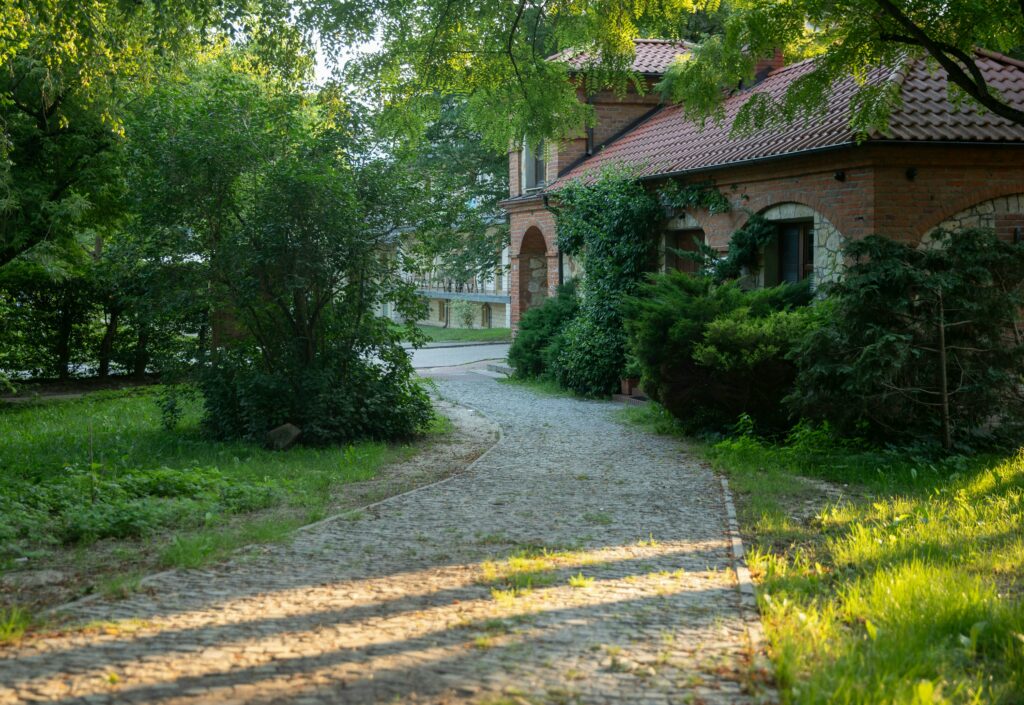One of the best things about owning your own home in a rural area is greater access to nature. You’re much more likely to have a garden at home and often greenery right the way around your house – not to mention that natural beauty is usually only a stone’s throw away.
Green spaces make everyone happier (especially the kids!), but they can be a lot of work. This short article will offer some tips on how you can work with what’s around you to create your own little oasis.

Image credit: Pexles
Dealing with the Lawn
Taming the lawn should oftentimes be your first port of call when cultivating the green spaces around your house; your lawn sets the scene for everything else, and cutting it back reveals the shape of the area and provides guidance on what you can do with it.
Cutting the grass to around 2-3 inches looks great, and it’s also important to fertilise it a few times a year to ensure it stays looking lush. Watering is also key: aim to do so once a week depending on how wet or dry the weather is where you live.
Framing Your Green Spaces
One of the most important aspects to consider when designing your natural areas is shape. Hedges, shrubbery, and small trees can be sculpted to help tame your garden and provide some semblance of design: you can do this yourself with a pair of manual sheers or a chainsaw, or alternatively, many people employ a gardener to do the job for them.
You’ll also want to give extra attention to whether or not any large trees have spread out too far: oftentimes, big trees end up blocking windows and natural light or grow out into parking areas and cause a problem. Given that these jobs can be difficult to tackle on your own, you’ll want to call in a professional to perform any tree lopping you need; as you can imagine, many garden accidents stem from trying to cut tall trees, so contact someone who knows what they’re doing!
Decorative Flowering
Having spent time getting the lawn up to scratch and shaping the trees and hedges, it’s time to add a little colour to the area!
This is where populating the space with flowers and garden beds comes in – and it’s really up to you how you want to set things up. The most important thing is that you make sure to get plants that flower during whatever season you plant them in, and if you’re new to all of this, get ones that are low maintenance.
Try not to go overboard, either. Start off with just a few pops of colour so as not to get overwhelmed; you can always add more as you go along, but you don’t want to have to start rearranging things later if the space becomes overgrown.
Wrapping Up
Experiencing natural beauty is incredibly important, and the ability to connect with your own special patch of land is a great luxury. Taming your space might seem daunting at first, but with proper planning, execution, and maintenance, you and your family will reap all the rewards nature has to offer!







Leave a Reply